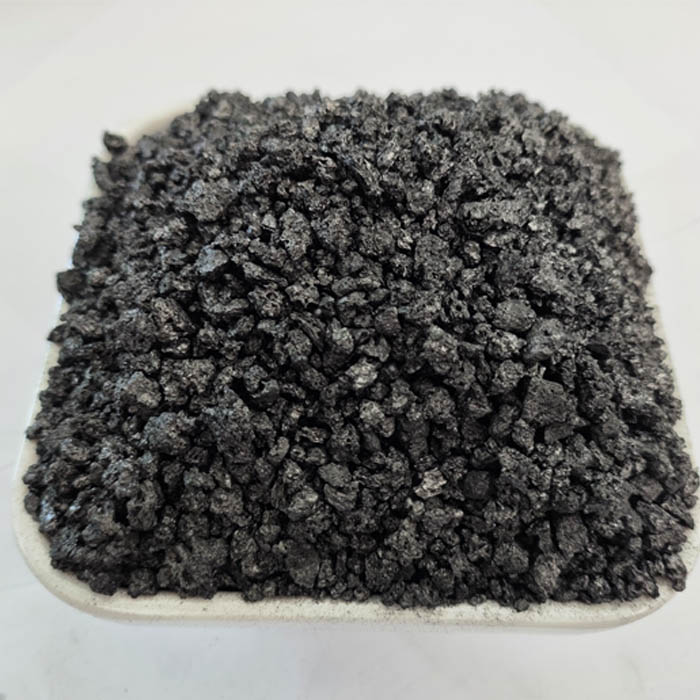Nov . 19, 2024 14:21 Back to list
Choosing the Right Sound Absorber Material for Effective Noise Control Solutions
The Importance of Sound Absorber Materials in Modern Acoustics
In the ever-evolving field of acoustics, sound absorber materials play a critical role in enhancing the auditory environment of any given space. Whether it be a bustling office, a serene home theater, or a vibrant concert hall, the ability to effectively manage sound is paramount. This article delves into the significance of sound absorber materials, exploring their types, functions, and applications.
Understanding Sound Absorption
Before we discuss the materials themselves, it’s important to comprehend what sound absorption entails. When sound waves travel through a medium, they encounter various surfaces that can reflect, transmit, or absorb the energy of the waves. Sound absorber materials are specifically designed to reduce sound reflections, thereby minimizing echoes and improving overall sound quality in enclosed environments.
When sound waves hit these materials, their energy is transformed into a small amount of heat through friction. This process effectively reduces the intensity of the sound, contributing to a quieter and more pleasant auditory experience.
Types of Sound Absorber Materials
1. Foam Panels Acoustic foam is among the most popular sound absorber materials. Typically made from polyurethane or melamine, these panels are lightweight and highly effective at absorbing mid to high frequencies. They come in various shapes and sizes, making them suitable for a wide range of applications, from recording studios to home theaters.
2. Fiberglass Insulation Fiberglass is another widely used material due to its high acoustic performance. It can be utilized in walls, ceilings, and floors to mitigate sound transmission. Its porous structure allows it to trap sound waves, leading to significant sound reduction in commercial and industrial settings.
3. Mineral Wool Similar to fiberglass, mineral wool offers sound absorption properties along with thermal insulation. It is often used in walls and ceilings and is known for its fire-resistant qualities, making it a popular choice in both residential and commercial buildings.
sound absorber material

4. Textiles and Fabrics Acoustic panels made from textiles, including carpets, drapes, and upholstered furniture, also contribute to sound absorption. While they may not be specifically designed for this purpose, their soft textures help dampen sound reflections, adding an aesthetic element to acoustically treated spaces.
5. Customized Solutions In advanced acoustic design, customized sound absorber materials can be created to suit specific needs. This might include tailored panels or architectural elements that not only absorb sound but also enhance the overall design of a space.
Applications of Sound Absorber Materials
The applications of sound absorber materials are vast and varied. In the realm of entertainment, studios and theaters utilize these materials to create an optimized sound environment, ensuring that music, dialogue, and effects are delivered with clarity. Similarly, concert halls and auditoriums employ advanced acoustic treatments to balance sound distribution and reduce unwanted echoes.
In educational settings, classrooms designed with appropriate sound absorption materials facilitate better learning by minimizing distractions caused by background noise. Offices, too, benefit from sound-absorbing solutions, as they help reduce noise pollution, leading to improved focus and productivity among employees.
Environmental Impact and Sustainability
As the focus on sustainability grows, so does the development of eco-friendly sound absorber materials. Many manufacturers are now creating products from recycled materials or sustainable resources. For instance, panels made from recycled plastic bottles or agricultural waste are emerging as viable options that deliver effective sound absorption without compromising environmental integrity.
Conclusion
In conclusion, sound absorber materials are indispensable components of modern acoustics. Their ability to transform sound from a disruptive force into an enriching component of our environments can greatly enhance our quality of life. From improving the auditory experience in entertainment venues to creating peaceful, productive workspaces, sound absorbers are crucial for achieving optimized sound performance. As technology progresses and sustainability becomes a priority, the future of sound absorber materials looks promising, paving the way for innovations that will further refine our acoustic landscapes. Whether for professional purposes or everyday use, investing in sound absorption is an investment in better sound quality and overall well-being.
-
Eco-Friendly Granule Covering Agent | Dust & Caking Control
NewsAug.06,2025
-
Fe-C Composite Pellets for BOF: High-Efficiency & Cost-Saving
NewsAug.05,2025
-
Premium Tundish Covering Agents Exporters | High Purity
NewsAug.04,2025
-
Fe-C Composite Pellets for BOF | Efficient & Economical
NewsAug.03,2025
-
Top Tundish Covering Agent Exporters | Premium Quality Solutions
NewsAug.02,2025
-
First Bauxite Exporters | AI-Optimized Supply
NewsAug.01,2025
